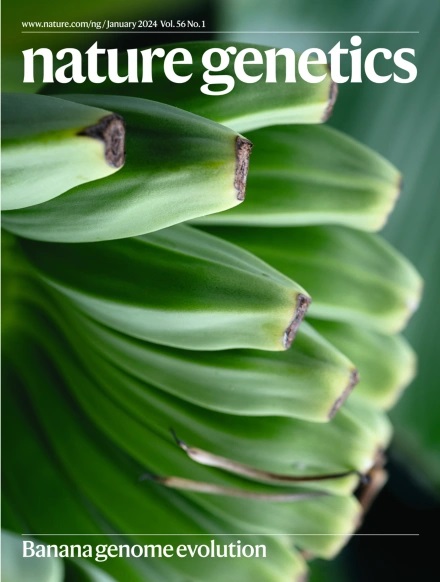Bryophytes hold a larger gene family space than vascular plants.
IF 29
1区 生物学
Q1 GENETICS & HEREDITY
引用次数: 0
Abstract
After 500 million years of evolution, extant land plants compose the following two sister groups: the bryophytes and the vascular plants. Despite their small size and simple structure, bryophytes thrive in a wide variety of habitats, including extreme conditions. However, the genetic basis for their ecological adaptability and long-term survival is not well understood. A comprehensive super-pangenome analysis, incorporating 123 newly sequenced bryophyte genomes, reveals that bryophytes possess a substantially greater diversity of gene families than vascular plants. This includes a higher number of unique and lineage-specific gene families, originating from extensive new gene formation and continuous horizontal transfer of microbial genes over their long evolutionary history. The evolution of bryophytes' rich and diverse genetic toolkit, which includes new physiological innovations like unique immune receptors, likely facilitated their spread across different biomes. These newly sequenced bryophyte genomes offer a valuable resource for exploring alternative evolutionary strategies for terrestrial success.苔藓植物比维管植物拥有更大的基因家族空间。
经过5亿年的进化,现存的陆地植物组成了以下两个姊妹类群:苔藓植物和维管植物。尽管苔藓植物体积小,结构简单,但它们在各种各样的栖息地,包括极端条件下都能茁壮成长。然而,其生态适应性和长期生存的遗传基础尚不清楚。一项包含123个新测序苔藓植物基因组的综合超泛基因组分析显示,苔藓植物比维管植物具有更大的基因家族多样性。这包括数量更多的独特和谱系特异性基因家族,起源于广泛的新基因形成和微生物基因在其漫长的进化历史中不断的水平转移。苔藓植物丰富多样的遗传工具箱的进化,包括独特的免疫受体等新的生理创新,可能促进了它们在不同生物群落中的传播。这些新测序的苔藓植物基因组为探索陆地成功的替代进化策略提供了宝贵的资源。
本文章由计算机程序翻译,如有差异,请以英文原文为准。
求助全文
约1分钟内获得全文
求助全文
来源期刊

Nature genetics
生物-遗传学
CiteScore
43.00
自引率
2.60%
发文量
241
审稿时长
3 months
期刊介绍:
Nature Genetics publishes the very highest quality research in genetics. It encompasses genetic and functional genomic studies on human and plant traits and on other model organisms. Current emphasis is on the genetic basis for common and complex diseases and on the functional mechanism, architecture and evolution of gene networks, studied by experimental perturbation.
Integrative genetic topics comprise, but are not limited to:
-Genes in the pathology of human disease
-Molecular analysis of simple and complex genetic traits
-Cancer genetics
-Agricultural genomics
-Developmental genetics
-Regulatory variation in gene expression
-Strategies and technologies for extracting function from genomic data
-Pharmacological genomics
-Genome evolution
 求助内容:
求助内容: 应助结果提醒方式:
应助结果提醒方式:


